Thierry Stern was a vision in purple. On June 10, as the president of Patek Philippe entered the Sumitomo Sankaku Hiroba event space in Tokyo where the venerable Genevan watchmaker was staging its sixth and largest grand exhibition to date, his violet-coloured kimono, the same royal hue as the signage, affirmed what many insiders already know about the brand’s relationship with Japan: Home to some of the world’s most sophisticated watch collectors, the country and its rich culture is a font of horological inspiration.
“We have been here for over 150 years,” Stern said during a press conference earlier that day on the occasion of the exhibition’s opening. “It’s a very difficult market in terms of quality—the quality level [demanded by the Japanese] is very high—but for Patek, it’s a perfect match.”
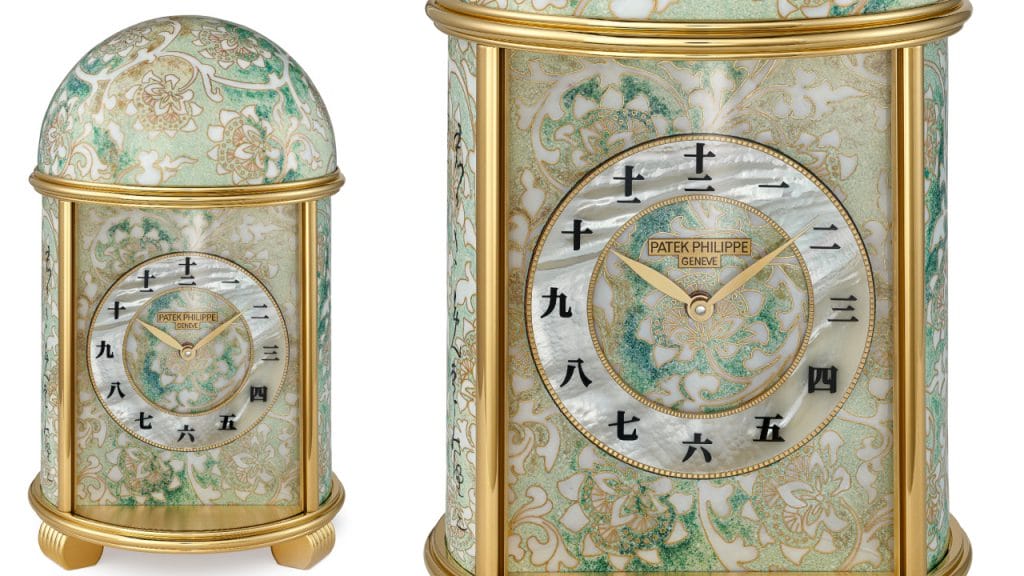
Running through June 25, the grand exhibition is open to the public and free of charge. Spanning nearly 27,000 square feet of space at the foot of the triangular Shinjuku Sumitomo skyscraper in the heart of Tokyo’s Nishi-Shinjuku business district, the exhibition welcomes visitors with a wide video screen depicting a view of the Genevan lakeside, including a replica of the city’s famed Flower Clock.
Inside, flanking a gazebo-like kiosk featuring a video that explains the brand’s history, are 10 themed areas, each focused on a different aspect of the brand’s offering, including its current collection, complicated and chiming watches and the rare handcrafts made specifically for the Japanese market. The décor and layout are designed to transport visitors to Geneva, specifically to the brand’s historic headquarters in the rue du Rhône, its manufacture at Plan-les-Ouates, and the Patek Philippe Museum.
For many visitors, the Rare Handcrafts room is the highlight of the exhibition. Home to 40 one-of-a-kind pieces and limited editions (including eight dome clocks, five table clocks, nine pocket watches, and 18 wristwatches), the timekeepers on display incorporate centuries-old artisanal techniques such as miniature painting on enamel, cloisonné enamel, hand engraving, micro wood marquetry, hand-executed guilloché work, and gem-setting.
As with each exhibition, the rare handcraft pieces use the local culture as their chief inspiration.

Take the dome clocks, whose rounded side panels and cupolas depict scenes from Japanese culture rendered in Grand Feu cloisonné enamel enhanced with paillonné enamel, which features gold or silver leaf embedded beneath the translucent enamel. One such clock, 20140M-001 “Calligraphy,” honours the refined handwriting art with a floral decoration incorporating fine gold wire, cut into tiny segments and shaped by hand.
Another dome table clock (20137M-001 “Hanami”) celebrates the Japanese custom of admiring trees in bloom, especially Japan’s famous flowering cherry blossoms. Philatelists will be enchanted by ref. 20141M-001 “Japanese Stamps,” whose body is covered in old stamps engraved by hand in line engraving and then coated with translucent brown enamels, creating a shadow effect.
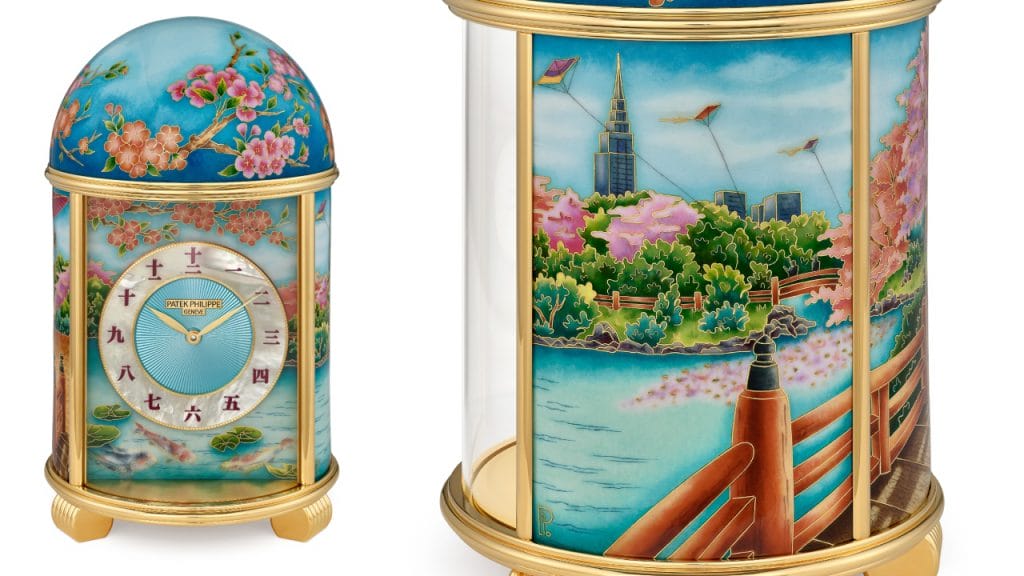
A seascape inspired by a Japanese print, Tokyo by night, and the blue Asian peacock are the subjects of three additional dome clocks, while two small dome table clocks pay homage to the custom of making origami cranes as well as the traditional Japanese parasol.

Elsewhere in the rare handcrafts collection is a Grand Feu cloisonné enamel table clock entitled “Tokyo as the Crow Flies” (25014M-001) whose dial presents a stylized map of the city centre atop a guilloche “barleycorn” motif visible beneath the translucent enamel. Fans of Osaka, Hakata and Nagoya will be pleased to know that Patek has also manufactured pieces with dials bearing maps of those cities.
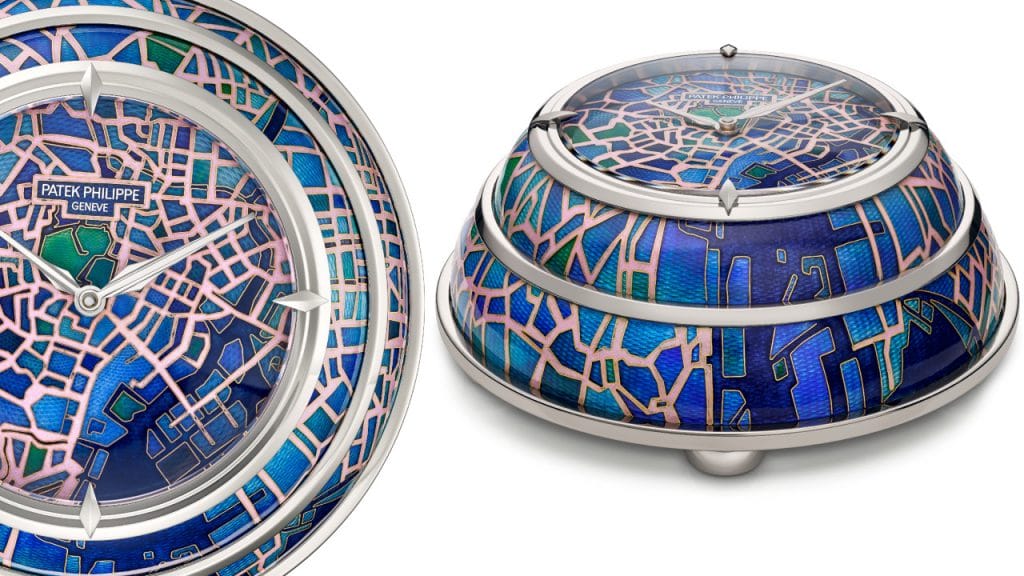
Patek’s pocket watch game has never been stronger than at the Tokyo exhibition, which features several breathtaking works of horological art, including 995/131G-001 “Portrait of a Samurai,” a superlative example of wood-marquetry featuring 800 tiny veneer parts and 200 inlays that incorporate 53 species of wood of different colours, textures, and veining.
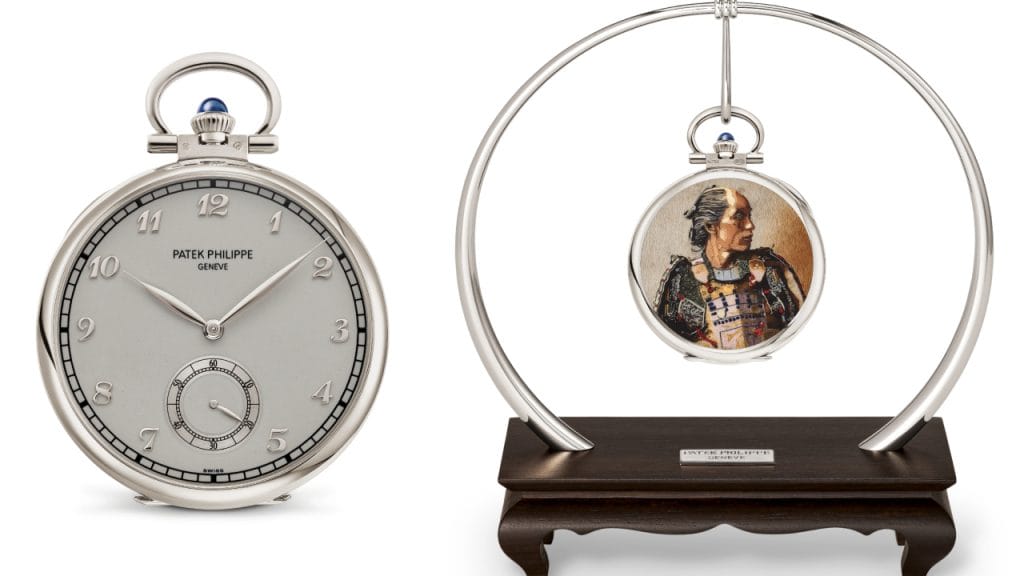
The beauty of nature is a recurring theme, as evident on the back of the pocket watch 995/134G-001 “Shizuoka and Mount Fuji,” which uses a mix of techniques to depict signature details of the Japanese landscape, from cloisonné enamel for the tea plantations to hand engraving in relief for the mountain and the train.

The Japanese art of stenciling comes alive on the dial of the 992/178J-001 “Katagami” pocket watch, while 992/158J-001 “Kyudo” is an ode to the martial art that has its roots in feudal archery. And pocket watch 995/135G-001, illustrating an eagle against a background of branches in cloisonné and paillonné enamel, represents the apogee of miniature painting on enamel.

Among the 18 wristwatches created for the exhibition, Patek’s deep respect for Japan is a throughline. Between the crowd favourite Golden Ellipse Ref. 5738/50G-025 “Snow-Covered Landscape”; Calatrava references 5089G-124 and 5089G-125 “Tsuba – Oranges and Flowers,” featuring the hand guards of traditional Japanese swords; and other watches depicting a kabuki actor in wood marquetry, Japanese cranes in grisaille enamel au blanc de Limoges, patterns inspired by kimonos in cloisonné enamel, and a fisherman in his boat in wood marquetry, seemingly no part of Japanese culture has been left unsung.
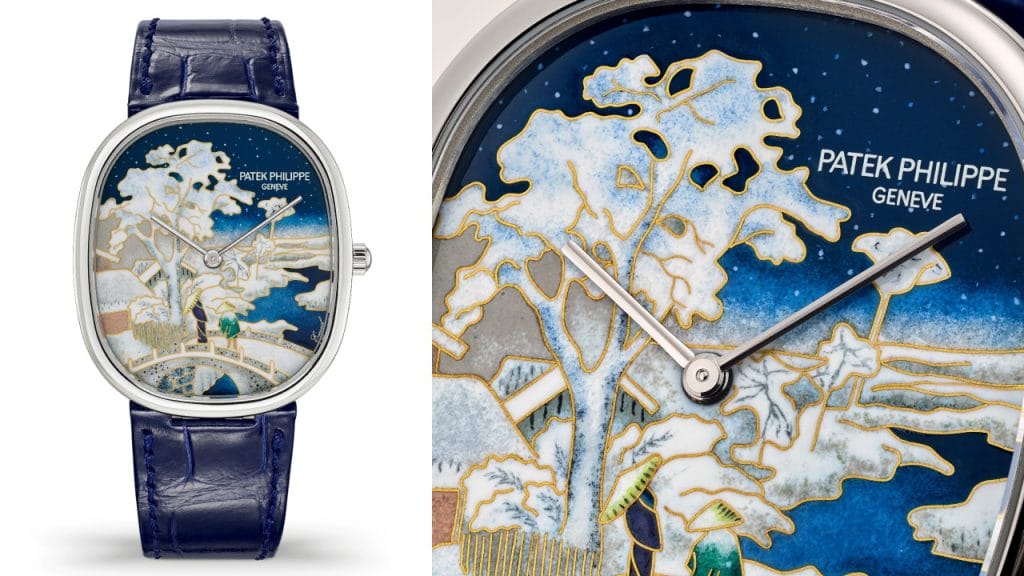
Of all the rare handcrafts, however, two grand complication chiming wristwatches best reflect Patek’s mastery of the horological arts—not to mention the expertise of Anita Porchet, the celebrated Swiss enamellist responsible for painting them.
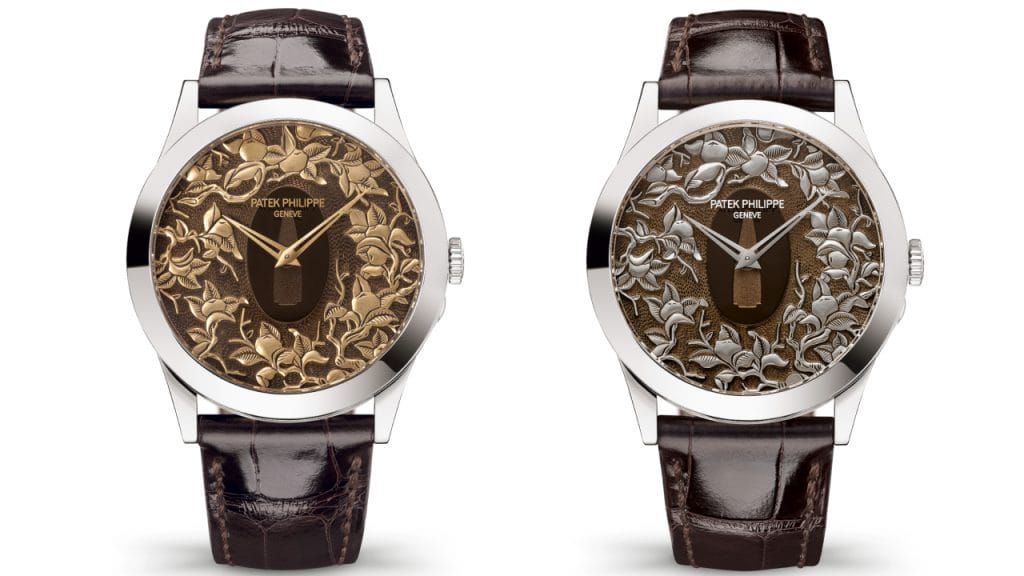
Ref. 5538G-016 “Tiger” is a Calatrava with minute repeater and tourbillon, with a cloisonné enamel dial that evokes a Japanese print, and Ref. 7000/50G-011 “Bird on a Red Maple” is a ladies’ self-winding minute repeater with a dial in cloisonné enamel and miniature painting. Both are utterly exquisite.
In discussing Porchet’s contributions to the exhibition, Stern made clear that while the watchmaker and the artist did not always see eye to eye during the creative process, the considerable effort required to create the enameled miniature paintings was well worth it.

“The hardest part is to understand the types of people who are doing this work,” Stern told Robb Report. “They are stubborn. They are independent. They cannot work in a team very often. They are artists, so you have to understand the artists. This is the longest process for me to learn. It’s very difficult.
“Anita is a good example.,” he added. “Today, she is certainly the best one in terms of enameling. She’s very nice and she’s very tiny, but she’s a pit bull. When she does not agree, she does not agree. I have to face her and say, ‘No, no Anita, I don’t agree either.’ So, you have to say, ‘No’ and it’s difficult.
“Sometimes we have fights, but we have to be always concrete,” Stern said. “We don’t fight just to fight, there must be a reason to fight. There’s a vision. There is something. And then, sometimes they win and sometimes I win. But it’s always for the best for the piece.”
Previously published on Robb Report.




